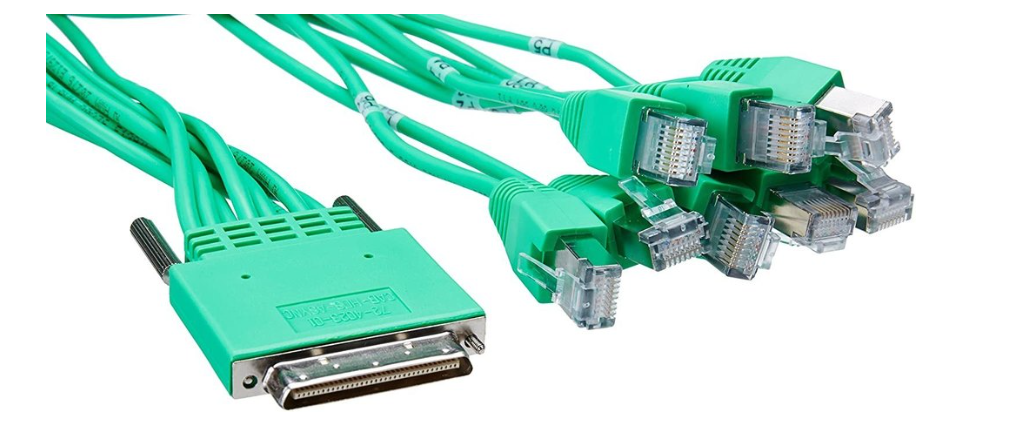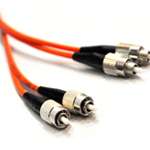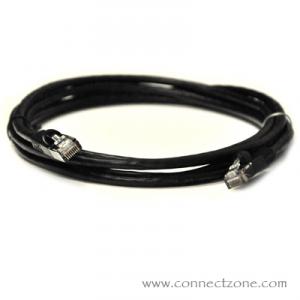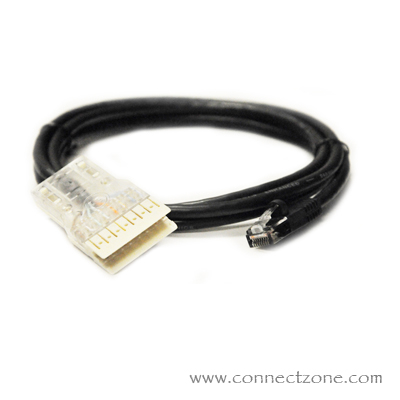We use cookies to make your experience better. Read more
Simple, everyone who wants improved transmission performance and extension of the available bandwidth.
Cat 5E while much superior to Cat4 & Cat3, is old news. Cat 5E has inferior immunity from external noise. What that means to you is Cat 6 with have more robust reliability and SPEED. Of course that’s only important if you want to fly around the internet and run your internal network at lightning speed without losing data and having to re-transmit. (Insert visual of the Comcast turtle here)
Cat 6 is used to carry Ethernet 10Base-T, 100Base-TX, and 1000Base-T (Gigabit Ethernet) connections. Cat 6 cable is backed with more stringent specifications for crosstalk and system noise than earlier cabling standards.
Some Installers will tell you that Cat 6 is more difficult to install, which is probably true-but only by a little bit. That’s because the conductors are twisted more tightly which makes them more difficult to split apart. But a little prudence and patience will go a long way to protect installer fingers from harm.
As you would expect, the performance of any signal path will be limited to that of the lowest category if components of the various cable standards are intermixed. The good news is that Cat 6 is backward compatible to Cat 5E so you can swap out your Cat 5E over time.
While the Eia/Tia distance limit of a UTP Ethernet signal is 100meters, we have tested in a real world situation a 300Meter Cat6 cable link that passed every test on a Fluke DSP-4300 except the length test. That same cable 2 years later is running all of the data across a warehouse in Auburn Washington.
Lastly Cat 6 has more copper. In cabling, more copper is good, but it does make the price go up.
0 Comment(s)






